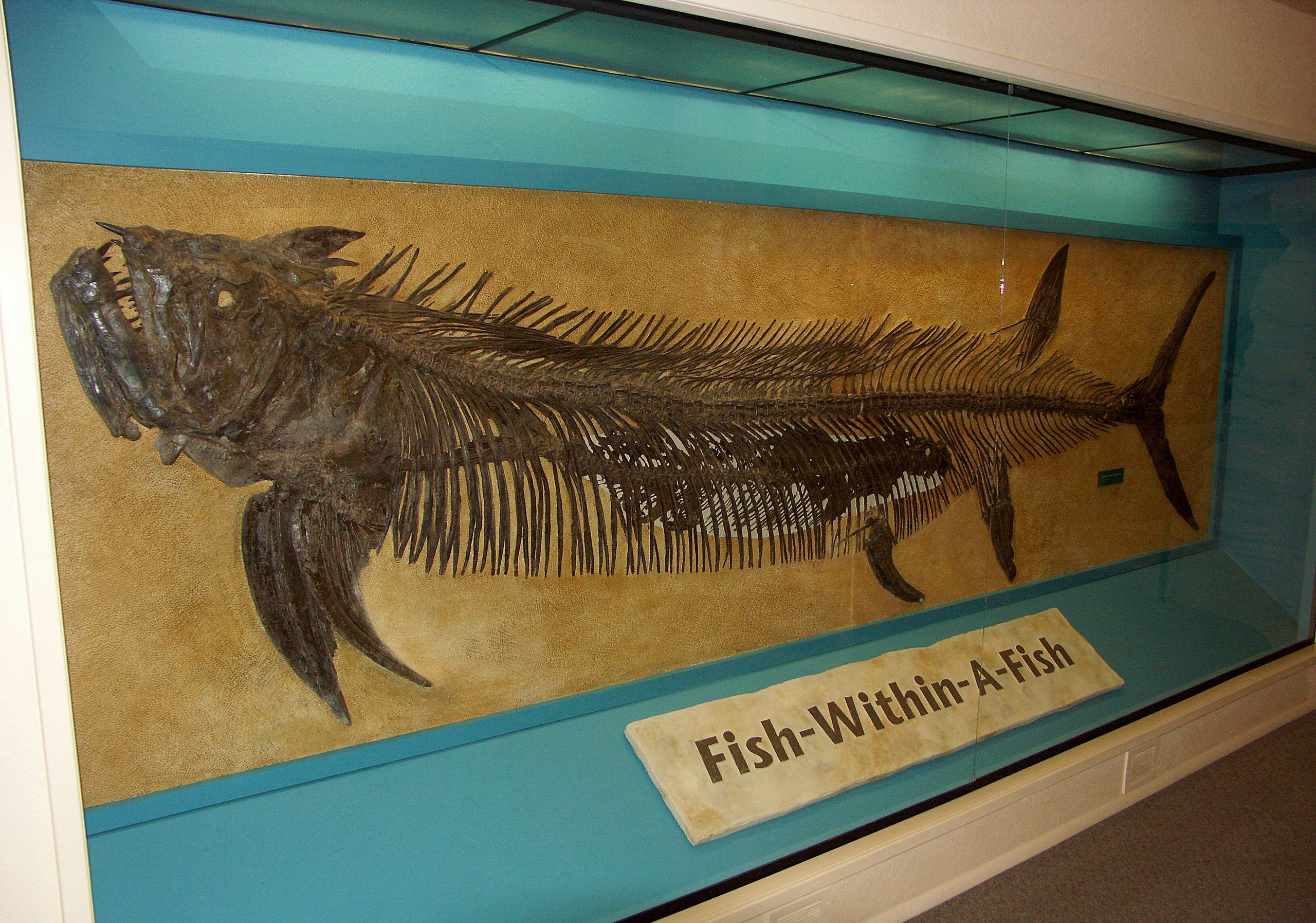Gillicus on:
[Wikipedia]
[Google]
[Amazon]
''Gillicus'' was a relatively small, long ichthyodectiform

ray-finned fish
Actinopterygii (; ), members of which are known as ray-finned fish or actinopterygians, is a class of bony fish that comprise over 50% of living vertebrate species. They are so called because of their lightly built fins made of webbings of sk ...
that lived in central North America
North America is a continent in the Northern Hemisphere, Northern and Western Hemisphere, Western hemispheres. North America is bordered to the north by the Arctic Ocean, to the east by the Atlantic Ocean, to the southeast by South Ameri ...
(Western Interior Seaway
The Western Interior Seaway (also called the Cretaceous Seaway, the Niobraran Sea, the North American Inland Sea, or the Western Interior Sea) was a large inland sea (geology), inland sea that existed roughly over the present-day Great Plains of ...
), Europe
Europe is a continent located entirely in the Northern Hemisphere and mostly in the Eastern Hemisphere. It is bordered by the Arctic Ocean to the north, the Atlantic Ocean to the west, the Mediterranean Sea to the south, and Asia to the east ...
and East Asia
East Asia is a geocultural region of Asia. It includes China, Japan, Mongolia, North Korea, South Korea, and Taiwan, plus two special administrative regions of China, Hong Kong and Macau. The economies of Economy of China, China, Economy of Ja ...
, from the late Albian
The Albian is both an age (geology), age of the geologic timescale and a stage (stratigraphy), stage in the stratigraphic column. It is the youngest or uppermost subdivision of the Early Cretaceous, Early/Lower Cretaceous epoch (geology), Epoch/s ...
to the early Maastrichtian
The Maastrichtian ( ) is, in the International Commission on Stratigraphy (ICS) geologic timescale, the latest age (geology), age (uppermost stage (stratigraphy), stage) of the Late Cretaceous epoch (geology), Epoch or Upper Cretaceous series (s ...
.
Description
Like its larger relative, ''Ichthyodectes ctenodon
''Ichthyodectes'' is an extinct genus of ichthyodectid ray-finned fish which lived during the Late Cretaceous. Fossils of the species included have been found from Canada to Texas.
Description
''Ichthyodectes ctenodon'' ("fish biter with comb ...
'', ''Gillicus'' had numerous small teeth lining its jaws, and ate smaller fish by sucking them into its mouth, but the teeth of ''Gillicus'' are so small that the jaws appear almost toothless at first, which has led to the suggestion that ''Gillicus'' was also a filter-feeder.
''Gillicus'' was also eaten by its own relative, ''Xiphactinus
''Xiphactinus'' (from Latin and Greek for "sword-ray") is an extinct genus of large predatory marine ray-finned fish that lived during the late Albian to the late Maastrichtian. The genus grew up to in length, and superficially resembled a garga ...
''. One particular long fossil specimen contains a nearly perfectly preserved long ''Gillicus arcuatus'' inside its ribcage. The ''Gillicus'' bones have not been digested so the larger fish must have died soon after eating its prey. The cause of death may have been due to injuries, such as a ruptured major blood vessel, caused by the fin of the smaller fish as it struggled while being swallowed. This fossil specimen, FHSM VP-333 (the ''Xiphactinus'') and FHSM VP-333 (the ''Gillicus'' inside) is known as the “fish-in-a-fish” specimen and was collected by George F. Sternberg in 1952. The specimen can be seen at the Sternberg Museum of Natural History in Hays, Kansas
Hays is a city in and the county seat of Ellis County, Kansas, United States. The largest city in northwestern Kansas, it is the economic and cultural center of the region. As of the 2020 census, the population of the city was 21,116. Hays ...
. ''Gillicus'' remains are also present in at least two other ''Xiphactinus'' specimens.
Nearly all of the ''Gillicus'' specimens collected from the Smoky Hill Chalk are adults or subadults, which suggests that the early stages of their life were spent elsewhere.
In 2009, the first specimen of ''Gillicus'' from Mexico was described.
In 2021, the children's book ''The Plesiosaur's Neck'' coined the common name "pug fish" for the ''Gillicus''.

References
Ichthyodectiformes Prehistoric ray-finned fish genera Coniacian genus first appearances Campanian genus extinctions Cretaceous fish of North America {{Ichthyodectiformes-stub